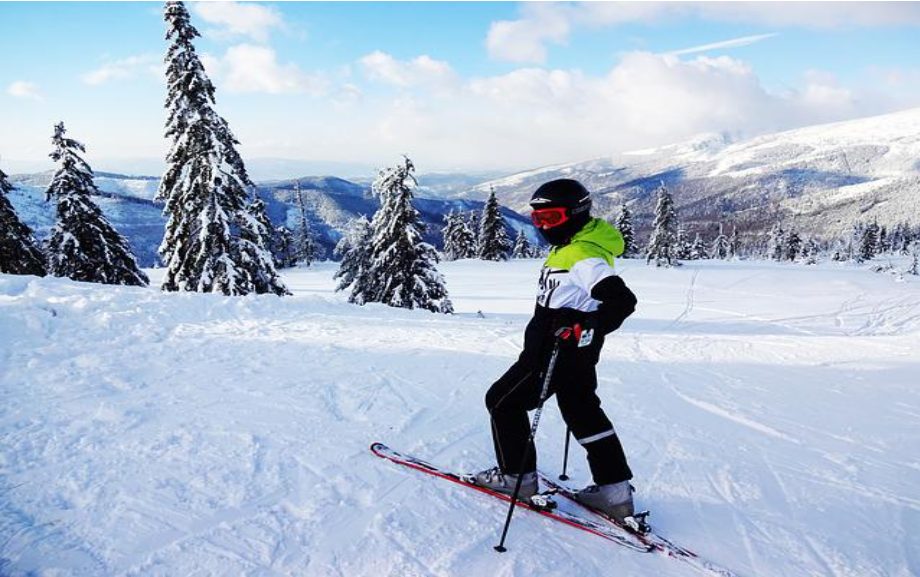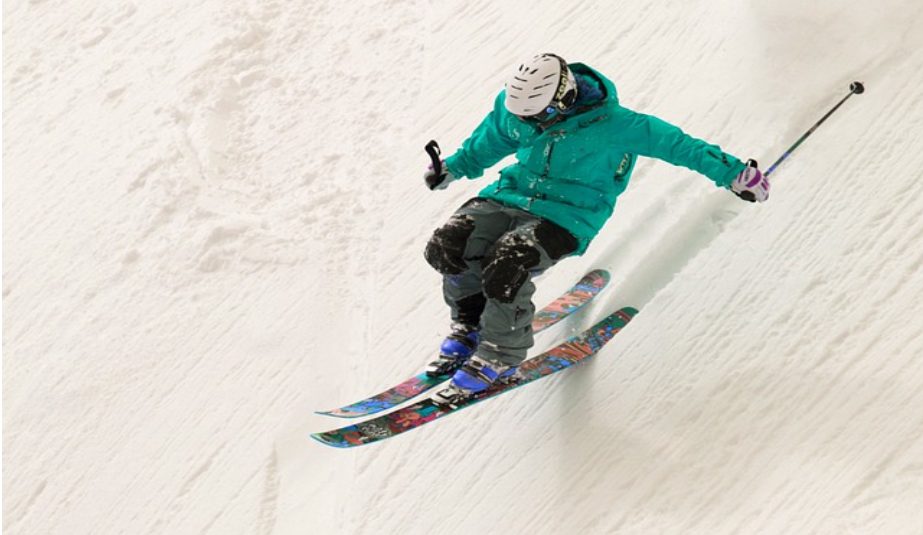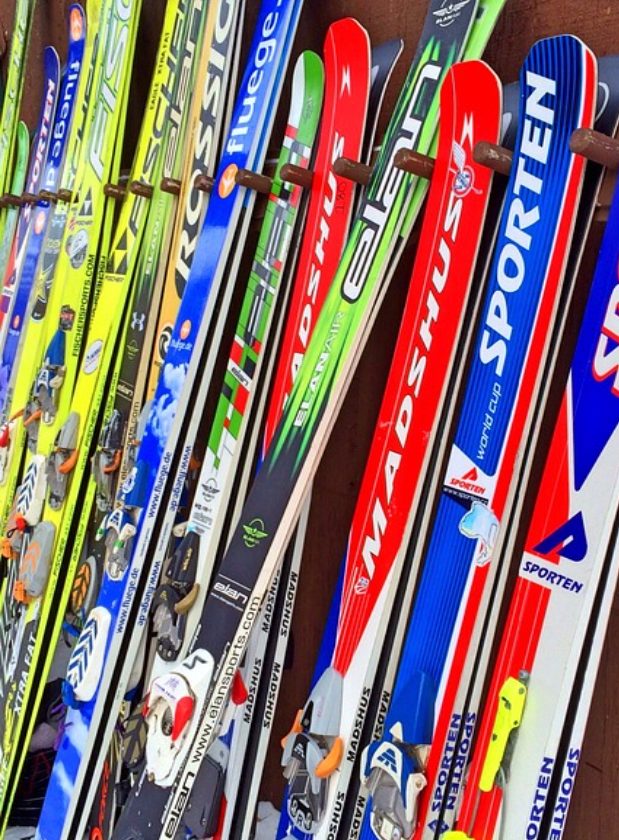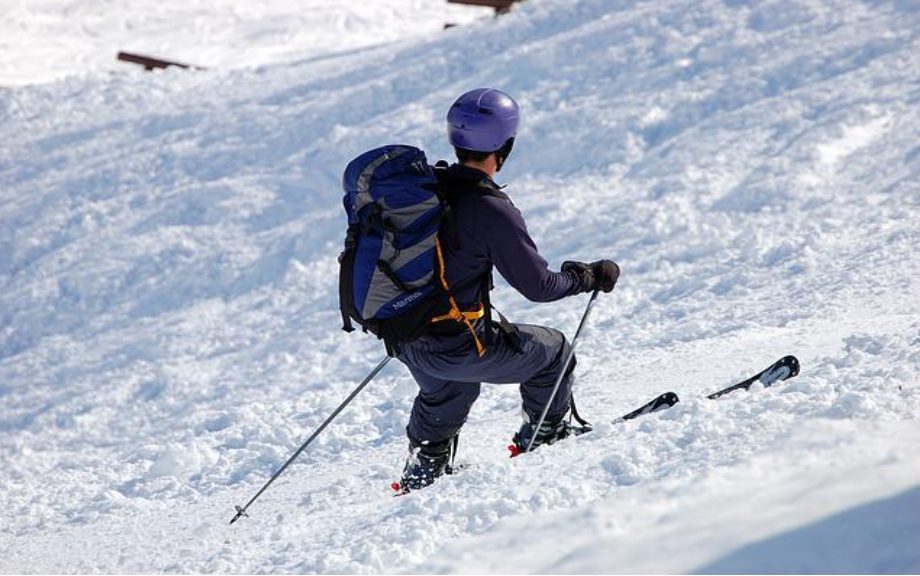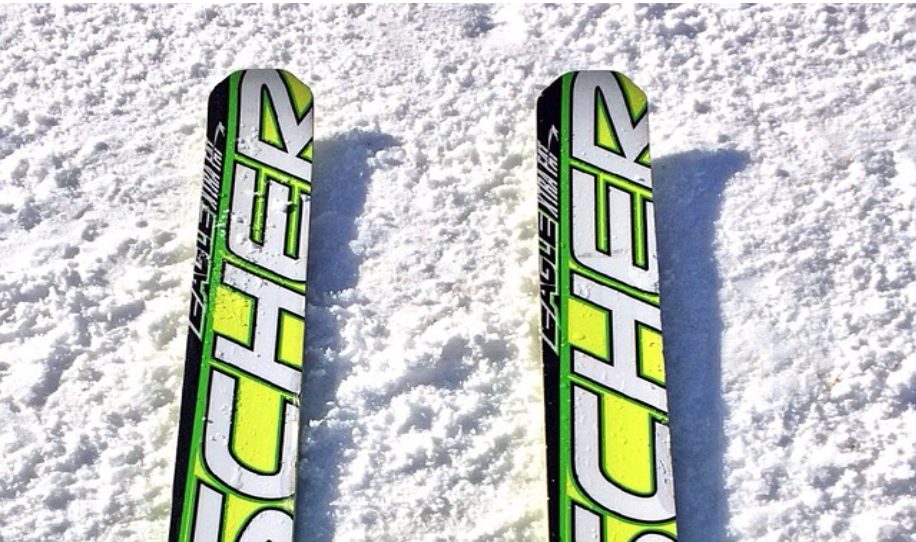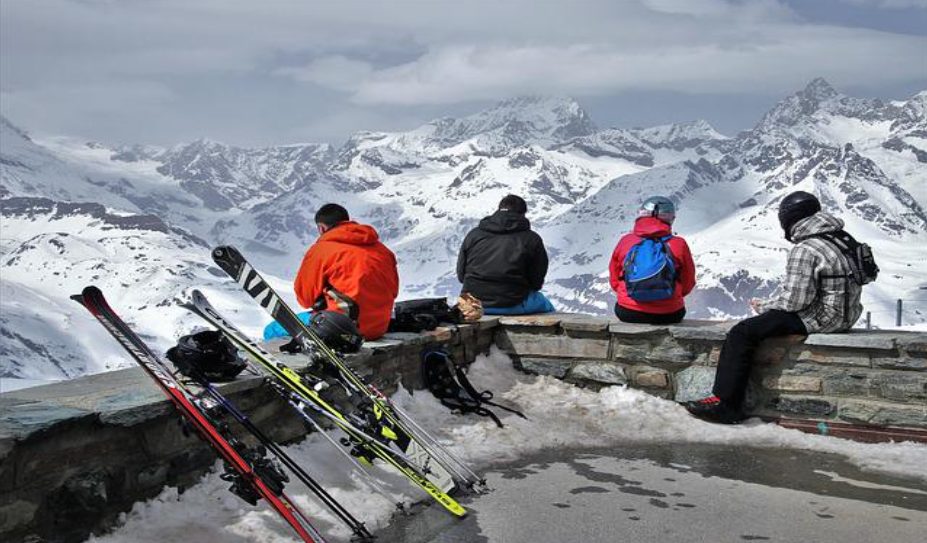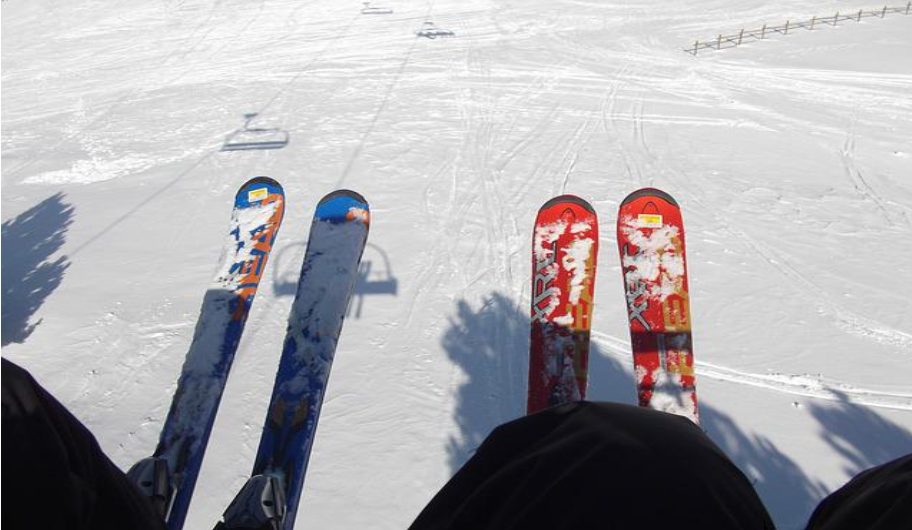How to choose the right skis?
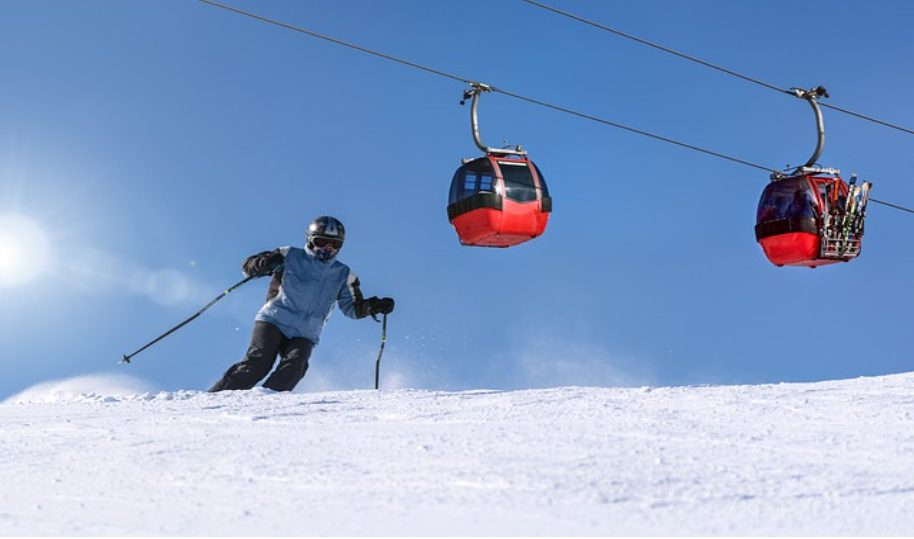
Photo source: pixabay.com
This season you have finally decided that it is time to stop renting ski equipment and equipping yourself with your own pair of skis?
The only thing that worries you is whether you will be able to make the best possible choice among the huge variety of models, sizes and brands of ski equipment available on the market?
Calm down. We are here to help you choose the right skis according to the skills and discipline you practice (or want to practice).
Photo source: pixabay.com
How to choose a ski – Basic steps in choosing
Determine your skill level correctly
Determining your skill level is a key to choosing the right ski. That is why it is important to be completely honest with yourself and to determine your level correctly before starting the search.
For example, if you are a beginner skier and you are still working on the descent and smooth turns, it is good to look for skis that are shorter, narrower and made of foam or softer types of wood.
This type of ski is suitable for both beginners and skiers who have not mastered the techniques of turning yet.
If you define yourself as an intermediate skier and you’re able to go down and turn confidently, then it is good to choose a skis that are wider and have a firmer construction or type “sandwich”.
Intermediate skis are balanced, comfortable, and suitable for all tracks and with them you can develop higher speeds.
If you are an experienced skier, we hardly need to tell you how to choose skis, but since we have set out to give advice, we will say that for the experienced skiers, suitable skis are longer, harder and designed to develop high speeds.
Photo source: pixabay.com
Choose the right length
The truth is that there is no exact formula by which to choose the right length of skis. Factors such as height and weight can provide you with an excellent starting point, but there are other things to consider such as skiing style, snow and terrain type, skill level and even your gender.
However, it is good to know that the general rule when choosing skis is that they should reach somewhere between your chin and the top of your head.
If you are a beginner or intermediate skier, our advice is to choose a shorter skis, the length of which reaches midway between your chin and forehead.
If you are an experienced skier, you can opt for longer skis, the length of which reaches above the level of the upper part of your head.
Photo source: pixabay.com
Choose the shape of the skis
There are several criteria to consider when choosing a ski shape.
Width
It is expressed in millimeters and is usually represented as three different numbers that correspond to the width of the front part, the width in the middle of the foot and the width of the back part. The most important measurement you need to consider is the width under the foot, which is also called “skate width“.
Skis with a width under the foot from 70 to 84 mm are stable and precise on maintained snow and are very suitable for downhill skiing.
Skis with a width of 85 to 99 mm are wider and therefore suitable for all types of terrain.
Models with a width of 100 to 120 mm are less stable on hard snow, but are very maneuverable and therefore suitable for deep snow.
Photo source: pixabay.com
Turning radius
This is the fine curve you can see between the “tail” and the top of the skis and refers to the side arch of the skis.
In other words, the more pronounced the lateral arc, the shorter the turning radius and vice versa – the less pronounced the curve, the longer the turning radius.
From the radius you can find out if the skis are designed for short, medium or long turns.
In the trade network you can find:
- skis designed for short turns with a radius of about 13 meters
- skis for longer turns with a radius of about 19 and even about 22 meters
On which turning radius you will choose depends on both – the ski discipline you practice and your skill level.
However, our advice is if you are a beginner skier to choose skis with a shorter radius, as they will provide you with better control and stability, and if you are an experienced skier and love fast riding, then the right skis for you are those with longer turning radius
Photo source: pixabay.com
Slope profile
This is generally the curve at the base of the skis. It can be different depending on what style of ski riding are designed for.
Camber
This type of ski has a slight curve in the middle of the points for contact with the snow (tail and tip of the ski). Camber requires more precision when cornering, but develops maximum speed on maintained tracks and hard snow. They also have good edge retention. They are usually preferred by competitors and experienced skiers
Rocker
This type of ski has a reverse slope, which makes them suitable for both beginners and intermediate skiers. They are more maneuverable, do well in deep snow and reduce the risk of falling on the skier.
Photo source: pixabay.com
Camber – Rocker
As you can guess, this type combines the two main profiles of inclination. It can be said that Camber – Rocker are a universal type of ski and they are suitable for skiers with both entry levels and for experts in skiing.
Choose skis according to their classification according to the terrain
All skis can be ridden on any terrain, but usually each type is designed to perform as well as possible on a particular type of terrain.
Photo source: pixabay.com
In this line of thinking, here are the main categories of skiing according to the terrain:
- Freeride – They are designed for skiers who like to go down off the slopes. These types of skis are slightly stiffer and longer than freestyle skis in order to provide greater stability when descending.
- Alpine – Alpine touring skis are also called “backcountry”. They are designed for ascents and descents. They are generally wider and much lighter than other types of skis.
- Piste – As their name suggests, this type of ski is designed for downhill skiing. They are usually preferred by beginner skiers because they do not develop very high speeds, make turns easier and reduce the chances of falling.
Freeride – This type is designed for freestyle riding. To be able to cope with deep snow and driving off the freeride tracks, they are more flexible, slightly shorter and have more durable edges.
